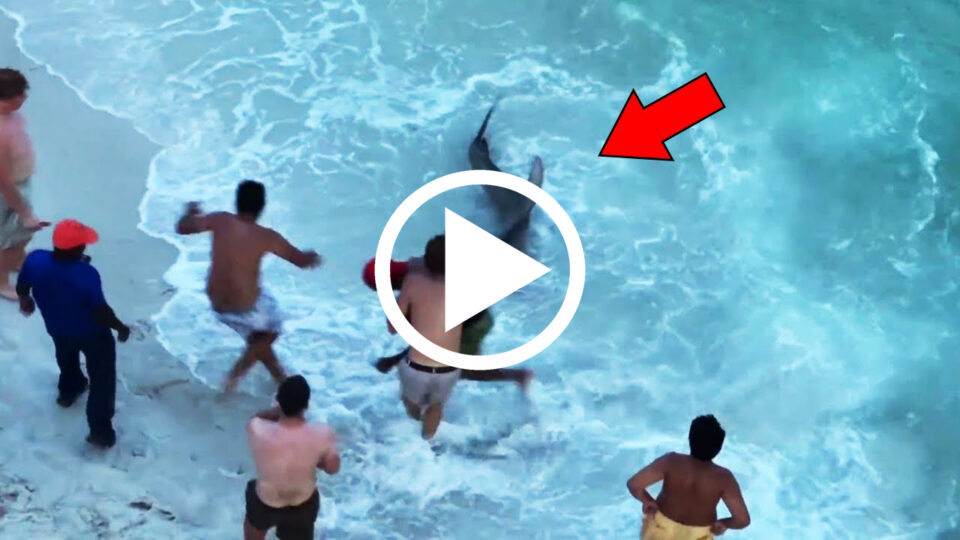Bringing your camera to the beach can be risky because of all the things that could damage it. Sand can get into the camera and that will do major damage to any camera.
Well, some people are not really worried about that and because of them, we are able to bring you this fantastic.
THE MILKY SEAS
The world’s largest bioluminescent area, a patch of ocean roughly the size of Connecticut, went undiscovered by science until 2005.
Known as the “milky sea,” it has long been a subject of folklore within the sailing world. It even showed up in Jules Verne’s 20,000 Leagues Under The Sea.
A large extent of white wavelets often to be seen on the coasts of Amboyna, and in these parts of the sea… the whiteness which surprises you is caused by myriads of “infusoria”, a luminous little worm.
Despite these tales of a great glowing ocean, the scientific community largely ignored them, as the concentration of bacteria necessary to create such a massive glowing area was impossible.
Then a scientist named Steve Miller double-checked.
Searching the internet for recorded accounts of the phenomenon, he came across the logs of the S.S. Lima which recorded crossing the milky seas in 1995.
While it was presumed that no area would be large enough, or have a sustained enough glow to be captured by satellite imagery, Miller, with the help of Steve Haddock, acquired archival data from the U.S. Defense Meteorological Satellite Program for the night that the Lima recorded the phenomenon.
When they overlaid it with the coordinates recorded by the S.S. Lima, they suddenly saw it shining up at them: A huge bright area off the horn of Africa.
Believed to be caused by the bioluminescent bacteria Vibrio harveyi.
The glowing area is over 15,400 sq km and was seen by satellite glowing for three nights in late January. It remains unclear how such a large congregation of bacteria can exist.
PURPLE BLOB
On July 13, a Reddit user shared a photo of a peculiar, lumpy object on a California beach that resembled “an organ,” according to the photographer.
Images of the fleshy object, which was estimated to be 5 inches in length, showed bulbous purplish regions — likely its protruding gut on a partly decomposed body bisected by a lone furrow, with black markings along one side.
The puzzling creature’s identity was difficult to pinpoint, and marine biologists told Live Science that it could be a type of sea slug or a limpet. It’s no danger to people — unlike the tar-like “Blob” in the classic 1958 science-fiction movie about an alien goo that devours everything in its path.
These California sea hares are harmless to plant eaters, but their big size and unusual abundance this year is turning heads at the shorelines.
Officials have no precise count, but dozens have been seen on some beaches at the same time, and two dozen were spotted last month in an inlet to Lake Merritt in Oakland.
The slugs can reach 15 pounds or more and 30 inches in length.
They are called sea hares because their thick antennae resemble rabbit ears.


